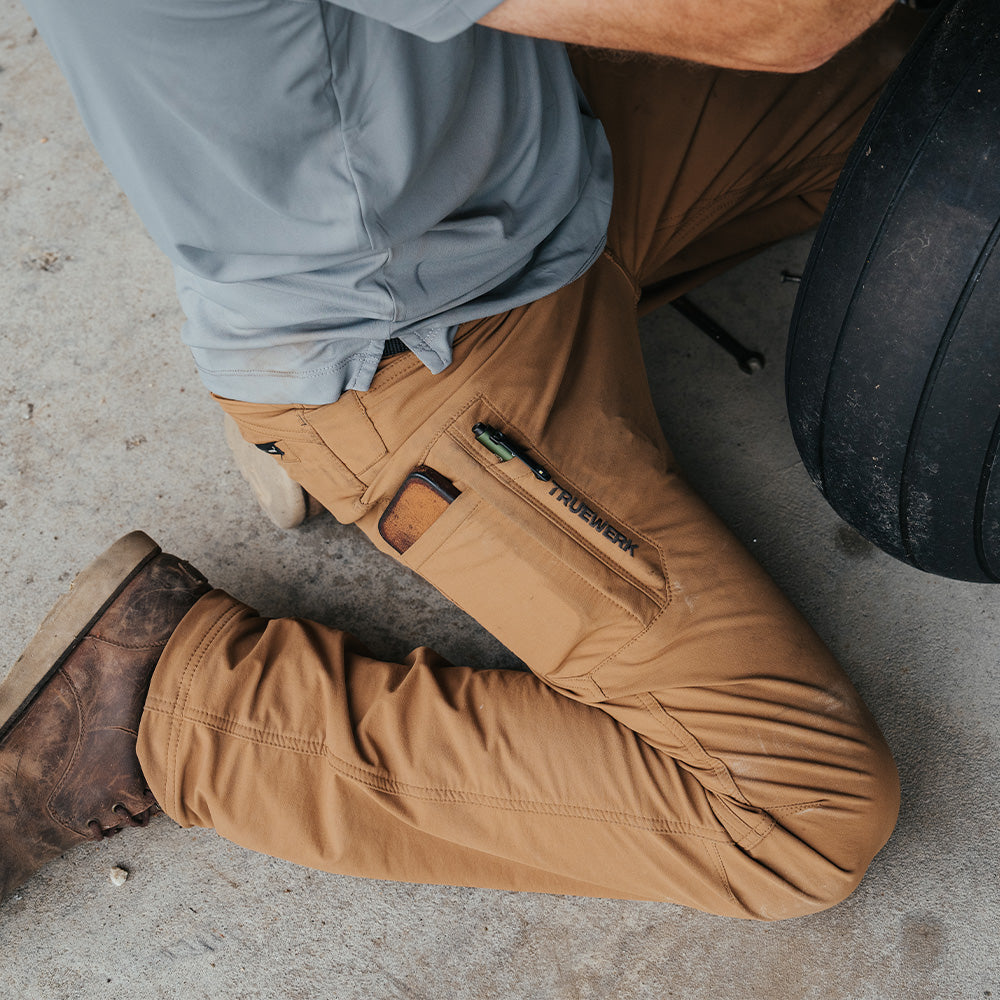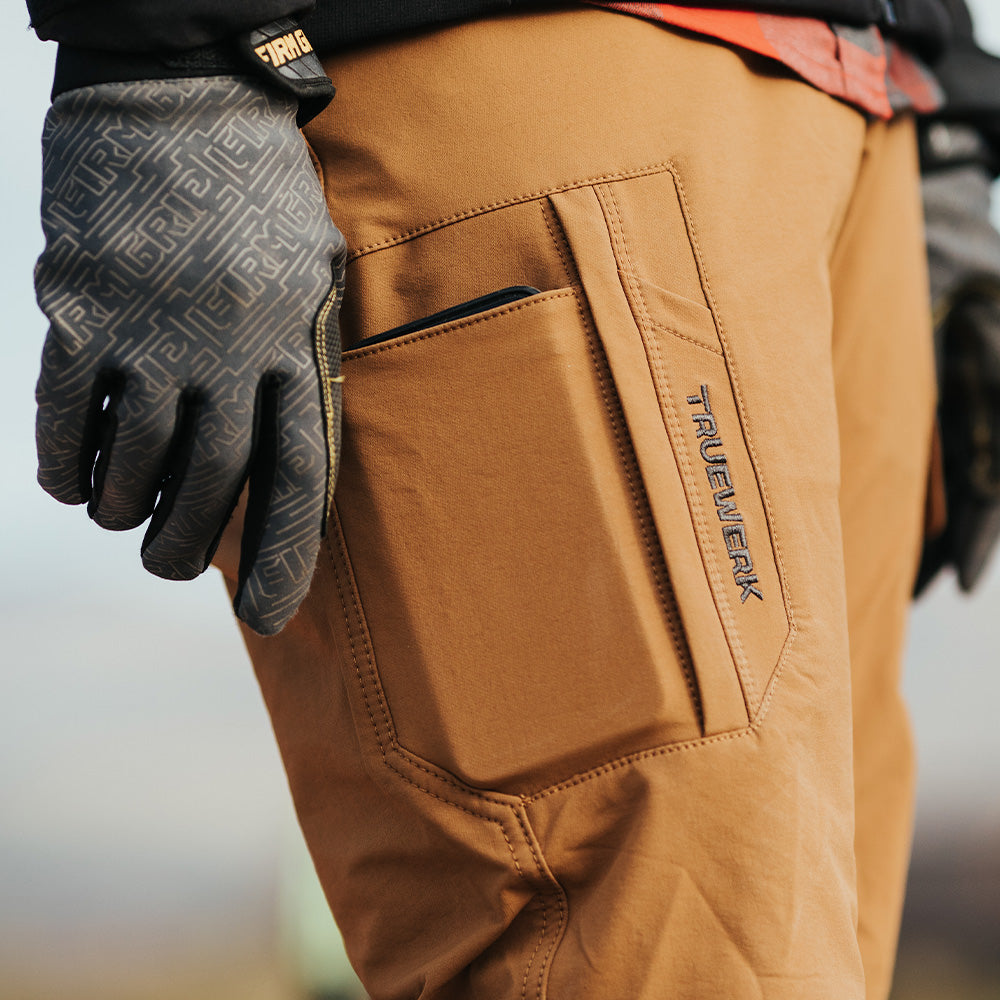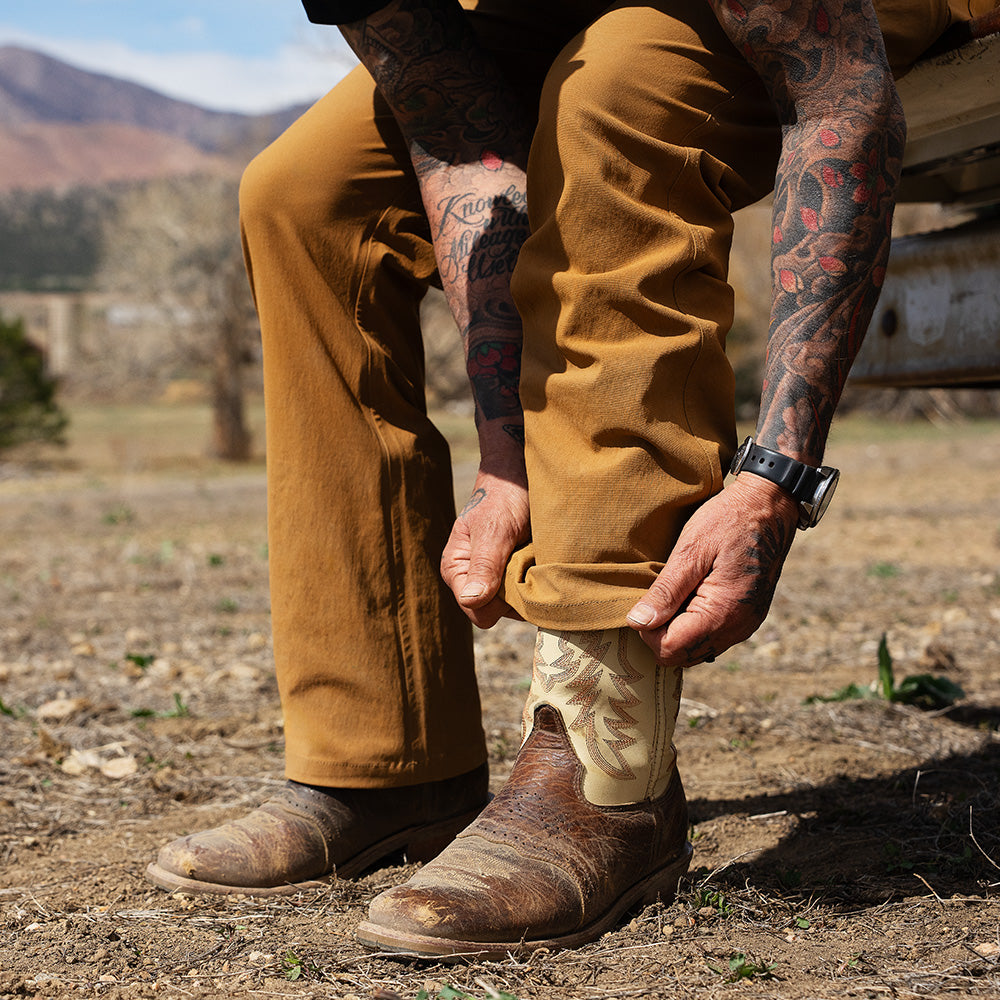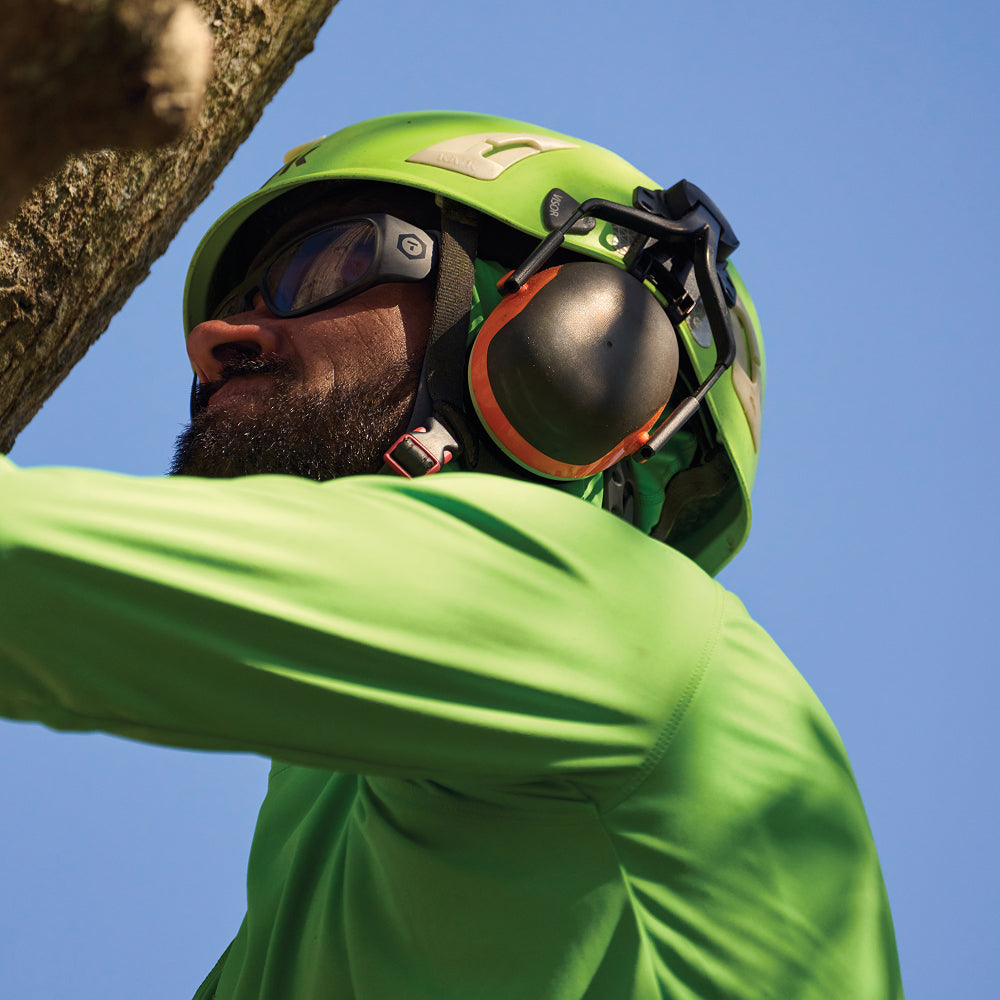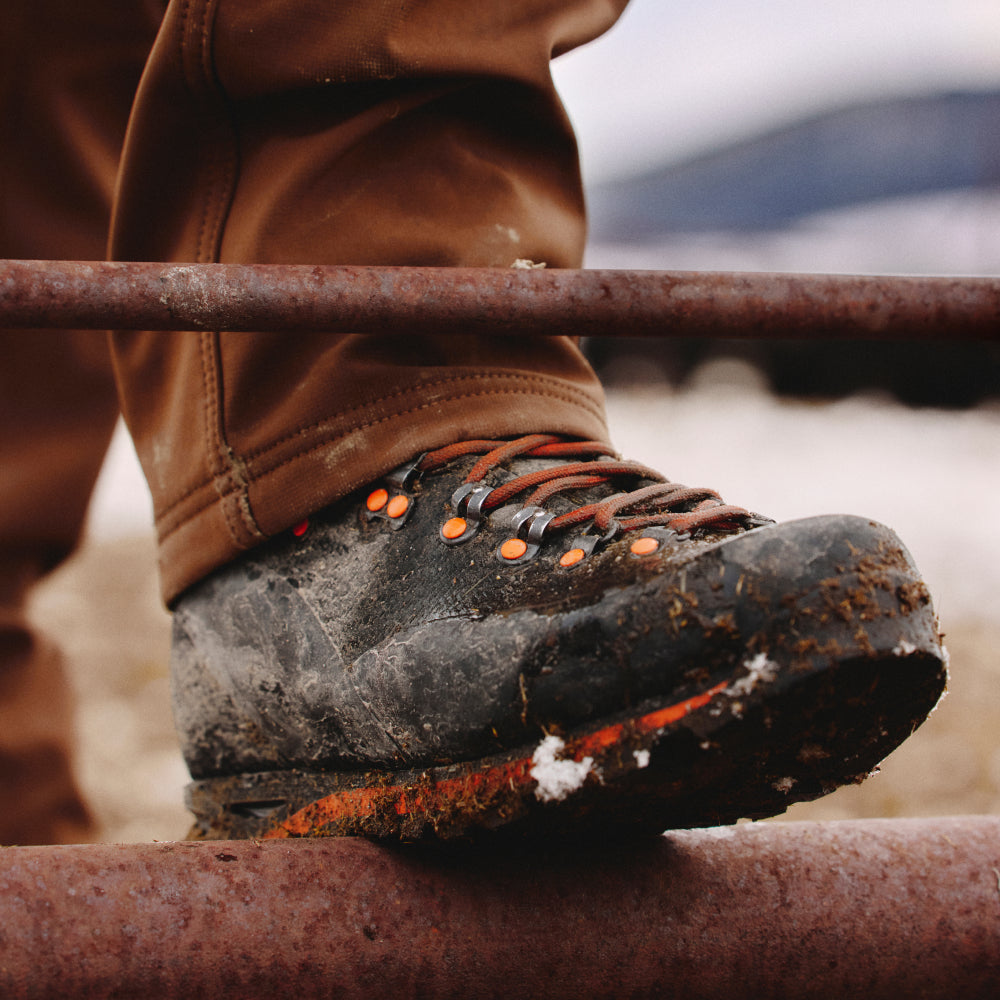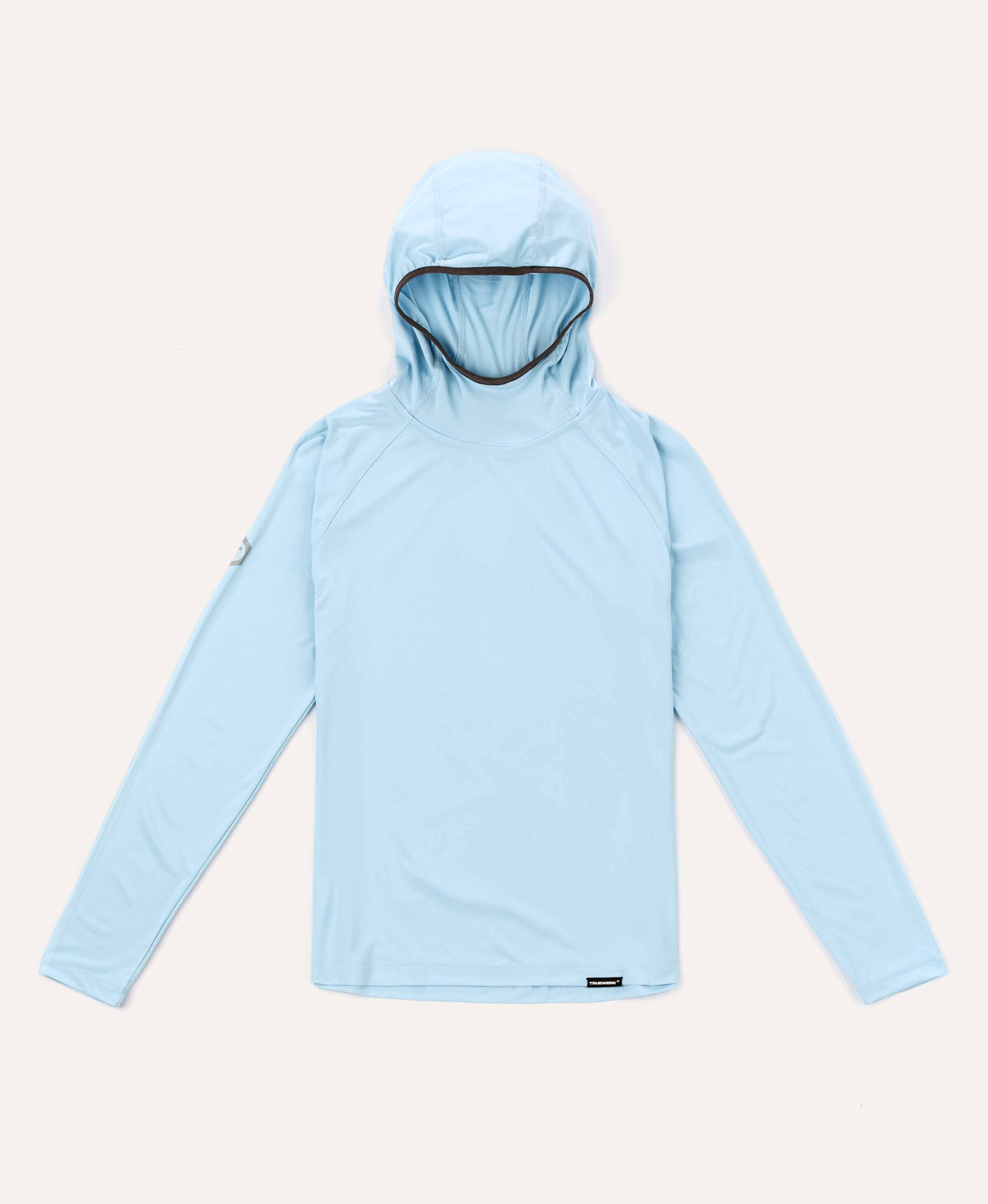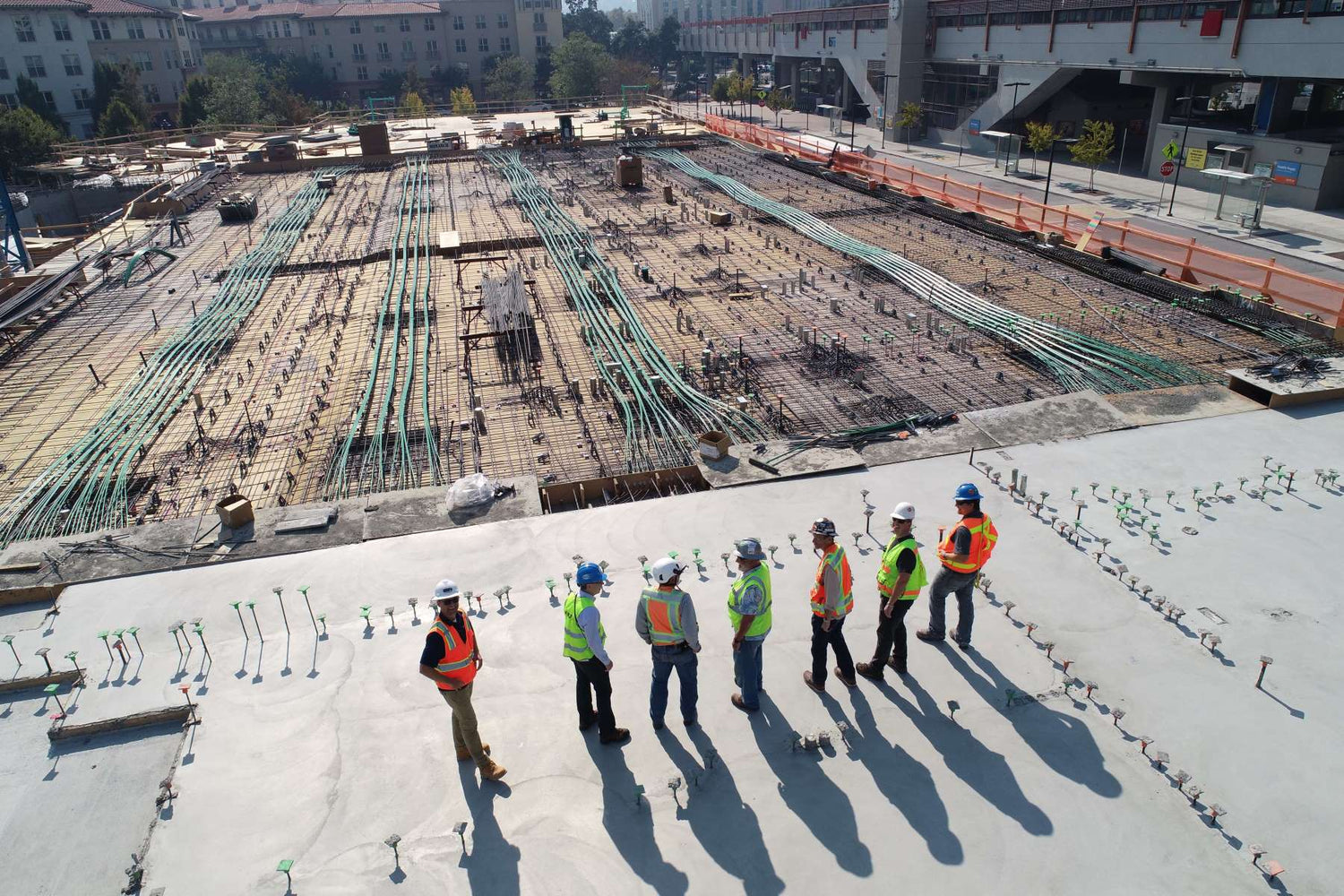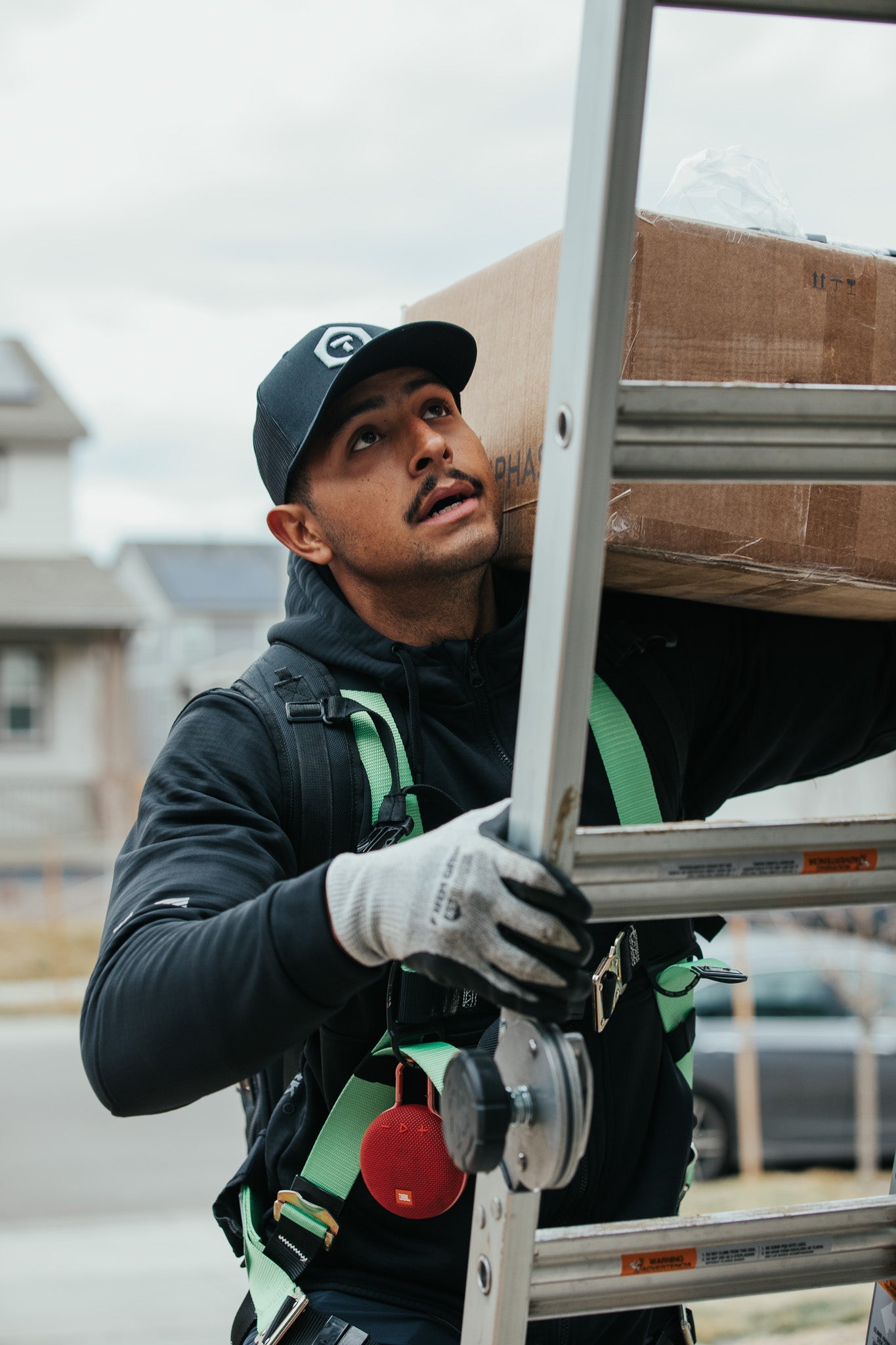From Comfortable Work Clothes to On-the-Job Training
As our world evolves to demand instant results and meet immediate deadlines, many safety best practices start to feel like they slow down work, waste time, and throw away money. Some job sites end up cutting corners in an attempt to meet shorter deadlines and save on costs. Unfortunately, skimping on safety can cost more in the long run when workers get injured on the job. Whether you’re an independent contractor, a superintendent, or a safety manager, you want to ensure a safe work environment.
From comfortable work clothes to training videos, check out these five fundamental construction safety tips to keep everyone working hard and make sure they get home safe.
Table of Contents
- Wear Comfortable Work Clothes
- Create a Positive Safety Culture
- Utilize Training & Resources
- Invest in Tools & Accessories
- Enforce Your Safety Program
1. Wear Comfortable Work Clothes
Many people underestimate the power of work clothes made for job sites. They buy a mix of pieces that don’t always provide the most comfort and mobility. These are generally also pieces that don’t benefit from extra safety features and weatherproofing. Using comfortable work clothes that ensure you’re protected and can move freely is essential to staying safe and comfortable on the job.
Look for clothing that’s designed to work as a system – where every piece layers comfortably and works together to keep you mobile. At TRUEWERK, we also recommend exploring innovative features, including:
- Fabric with four-way stretch
- Abrasion- and tear-resistant textiles
- Wind- and water-resistant coatings
- Breathable, moisture-wicking layers
You can also find seasonally appropriate work clothes that focus on dealing with the elements when you work outside. From summer to winter, build a collection of comfortable work clothes that ensure you can achieve peak performance on the job.
2. Create a Positive Safety Culture
You might think it’s enough to just create standards and training procedures – but it’s not! If you don’t prioritize safety culture, all your efforts go to waste. You want to ensure a set of shared attitudes and goals that guarantee the safety of your team as much as possible.
Creating a positive safety culture may involve:
- Checking in with the crew to see how they feel about safety practices
- Emphasizing the benefits of all safety procedures
- Revisiting the importance of safety measures with your team regularly
3. Utilize Training & Resources
Luckily, when it comes to appropriate safety practices and procedures, you don’t have to start from scratch. OSHA offers state-specific safety courses online that workers can complete at their own pace. You should also consider regular toolbox talks to remind your crew of the most relevant safety tips for the day. Some great topics to consider include:
- PPE
- What to look for in comfortable work clothes
- Hazard communication
- Fire protection and prevention
- Ladder and scaffold safety
- Fall protection and prevention
4. Invest in Tools & Accessories
The quality of the gear and supplies you use on the job go so far beyond just comfort and convenience – they’re essential to ensuring worker safety. Tools and accessories, including communication devices, safety signage, emergency response materials, water, rest areas, and PPE, are critical to maintain. You want high-quality, functional equipment to mitigate and minimize hazards.
5. Enforce Your Safety Program
Safety programs and measures only work if they’re enforced. While enforcement starts at the top, you can encourage everyone to pitch in and speak up. Make sure workers feel comfortable approaching the boss, ensure supervisors also enforce safety measures, lead by example, and reward those who take good safety behaviors seriously. When everyone knows that you’re truly committed to on-the-job safety, they’re more likely to follow in your footsteps.
With these tips on a safe and comfortable work environment, you can start transforming the job site into a better place to work. Take the first step towards working better when you put safety first.
